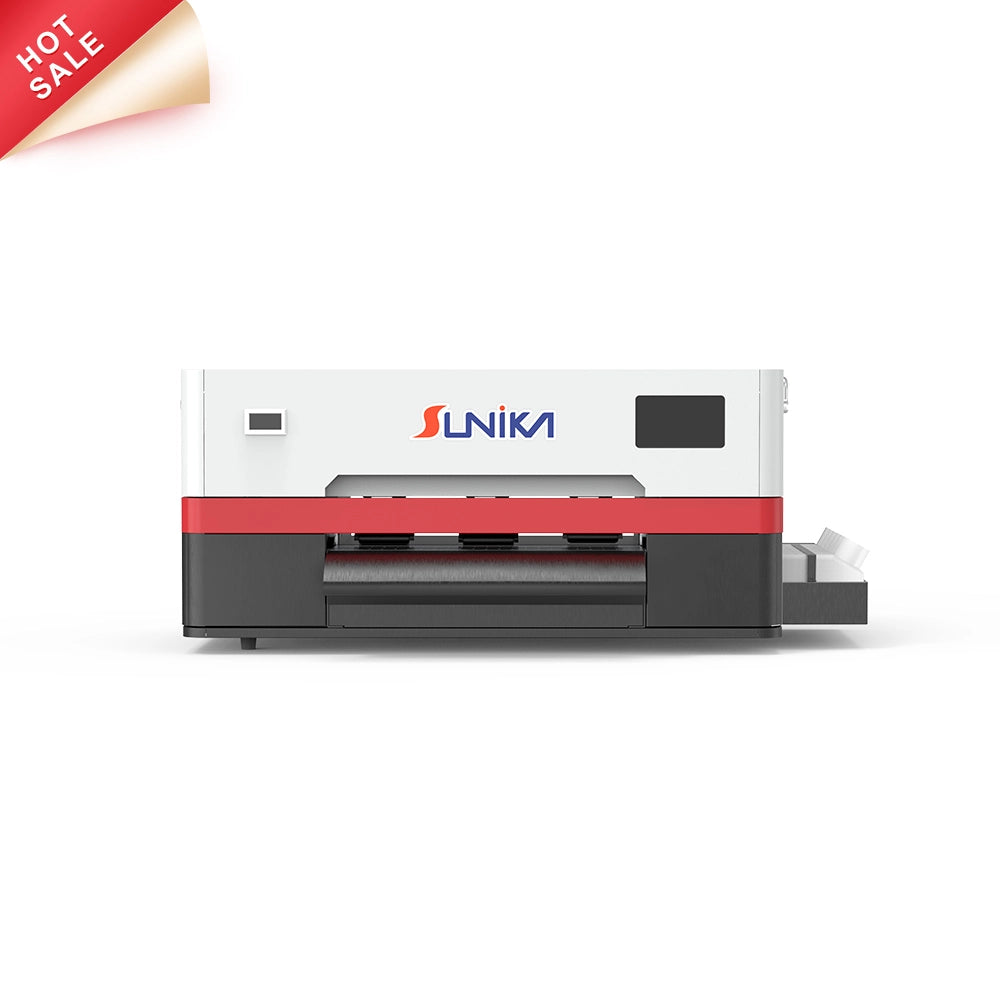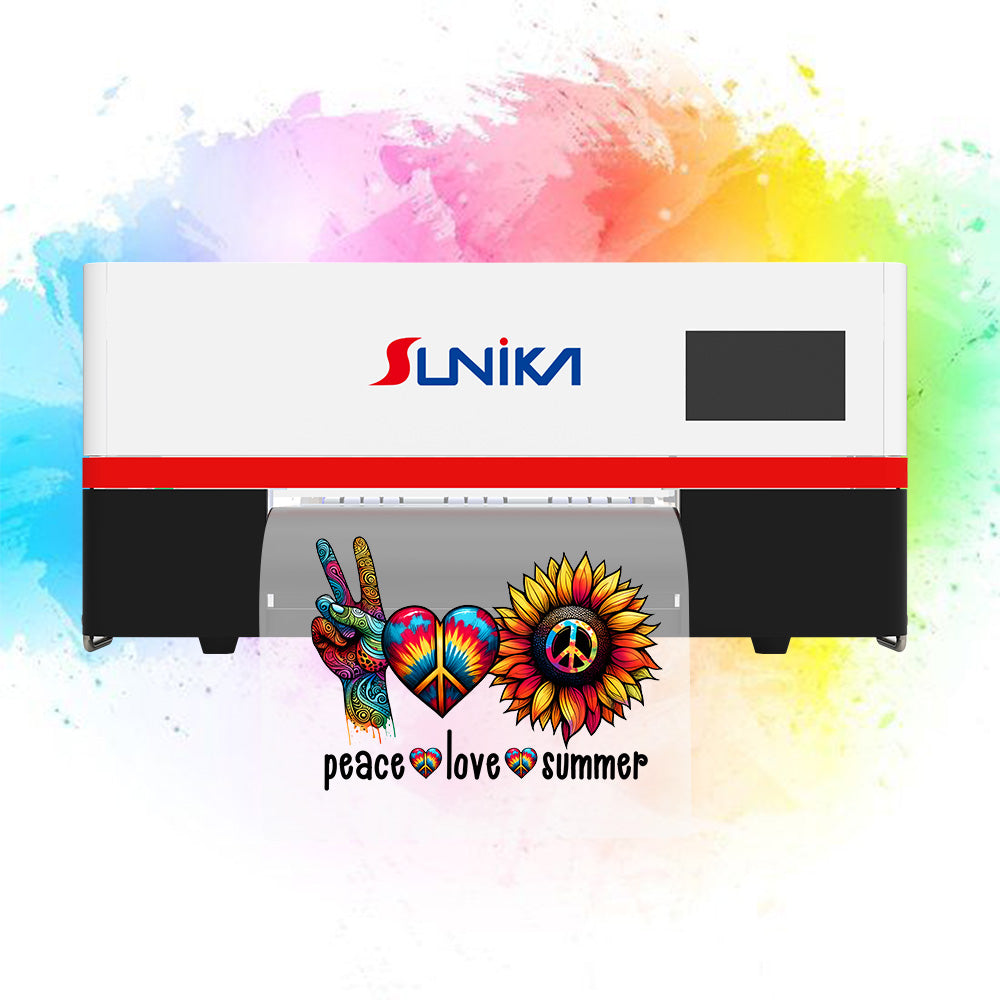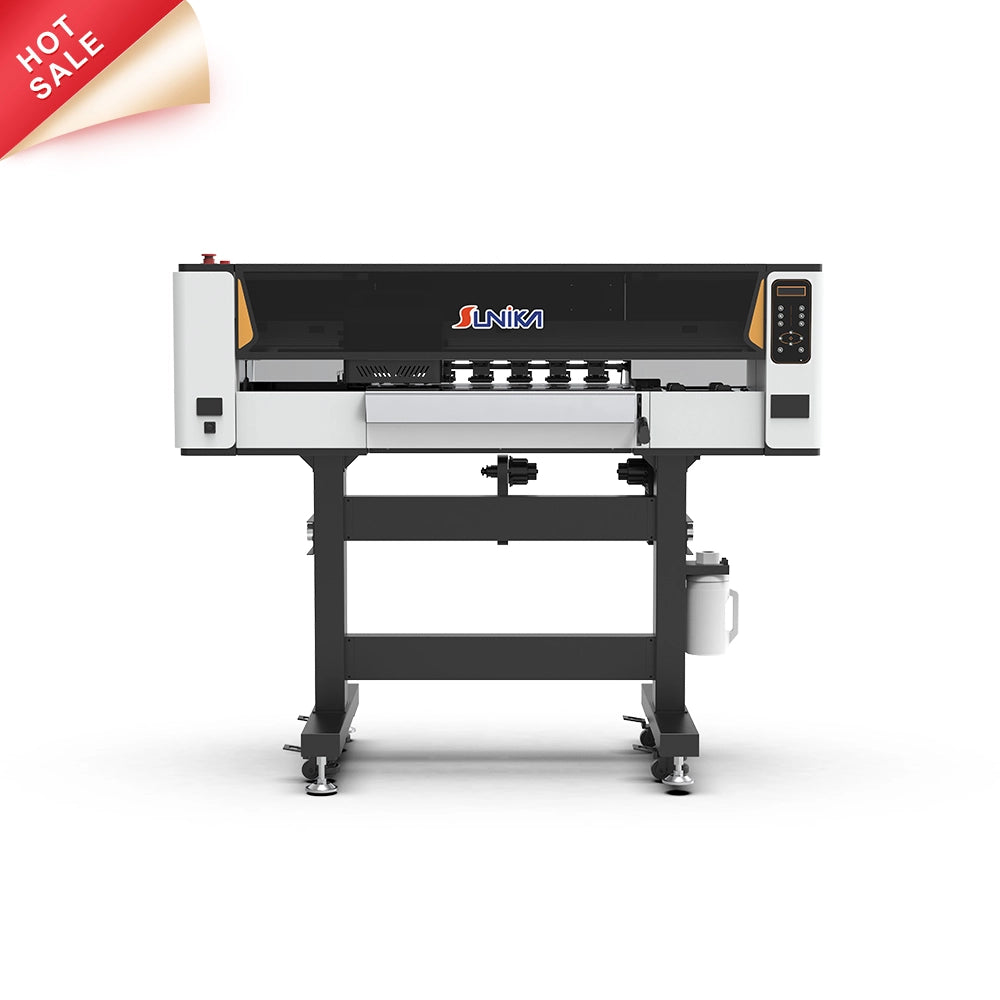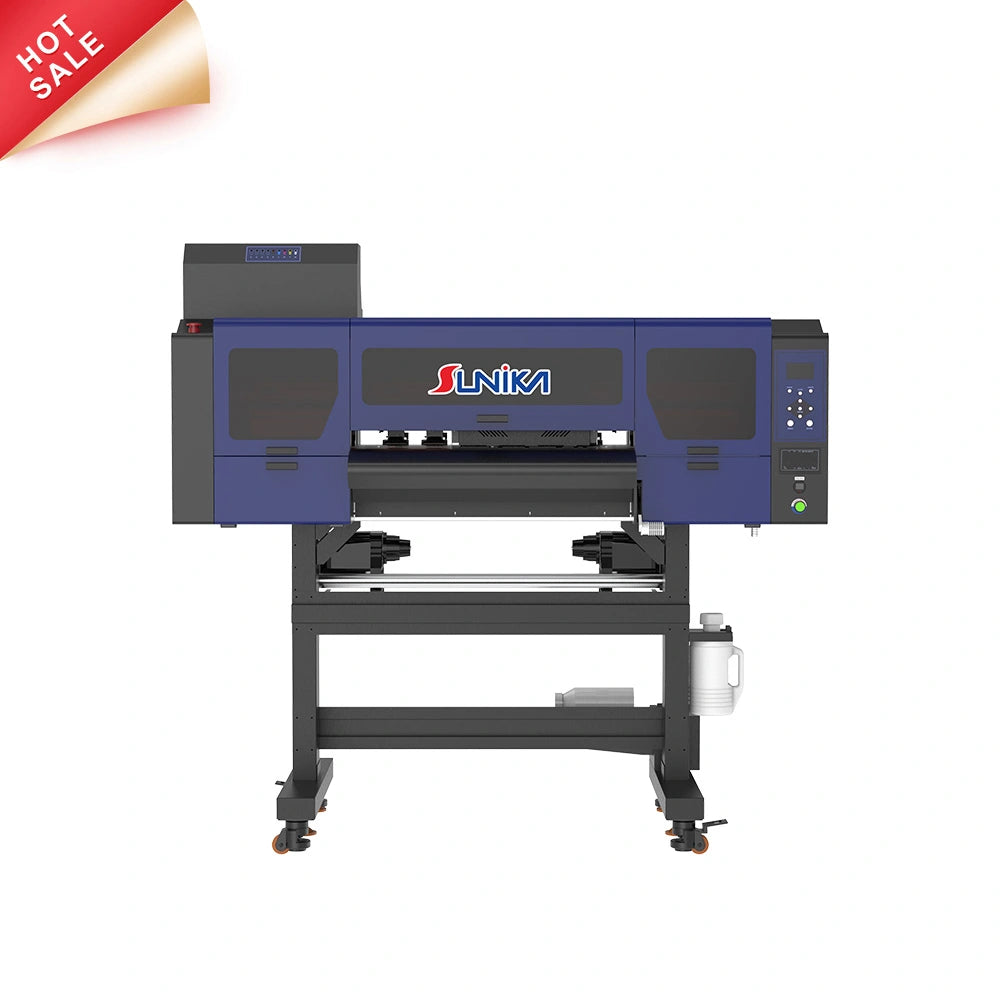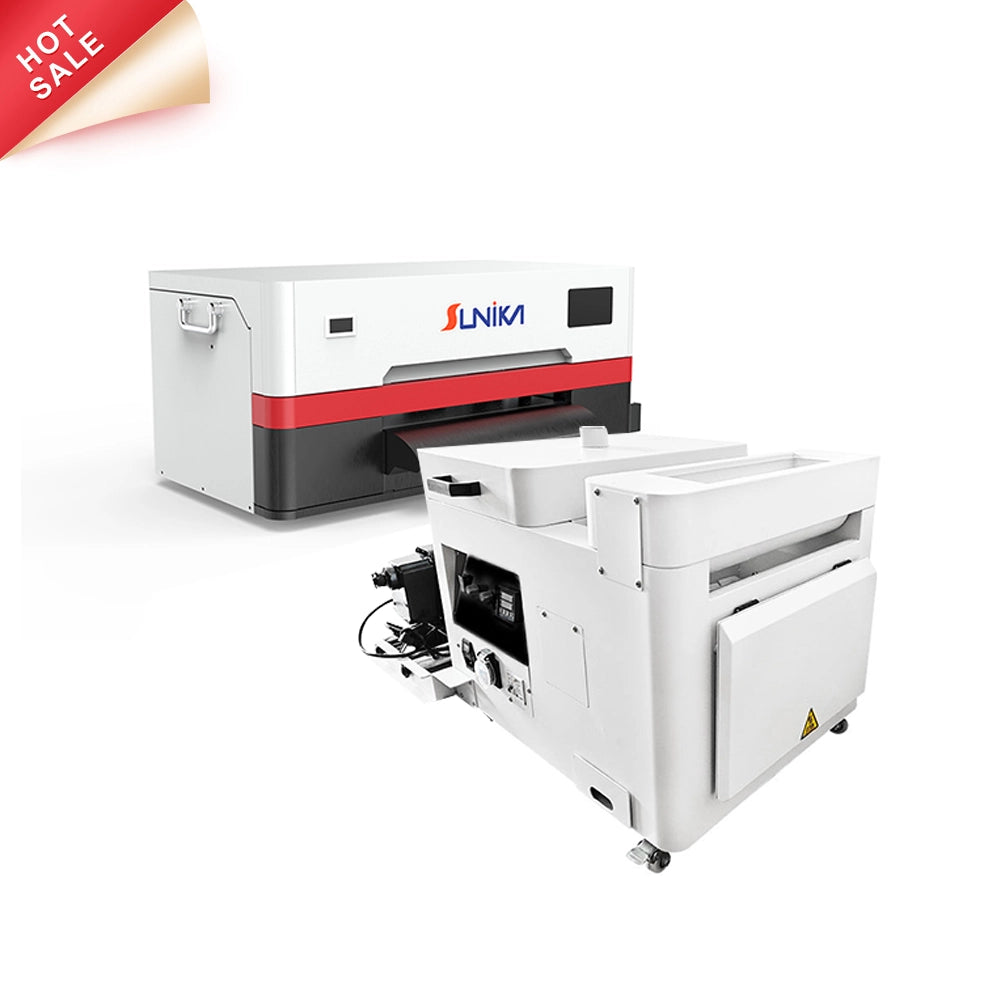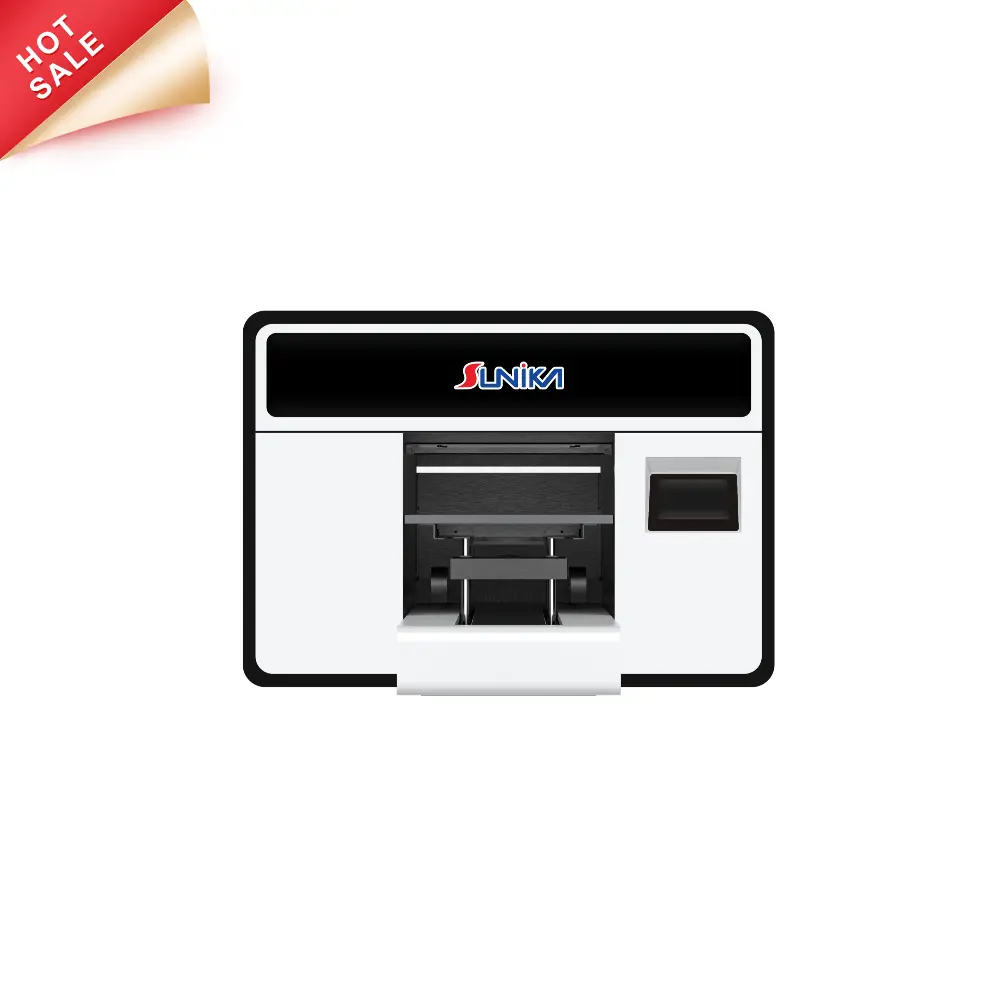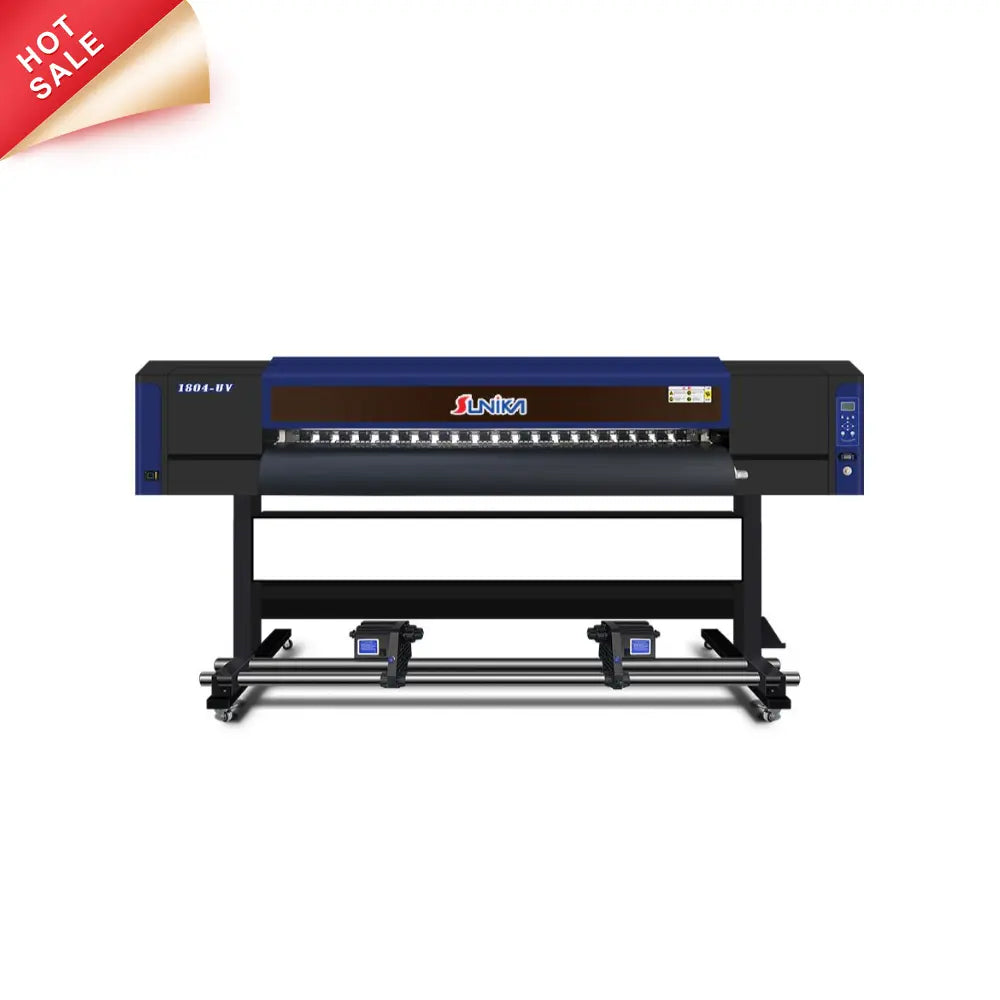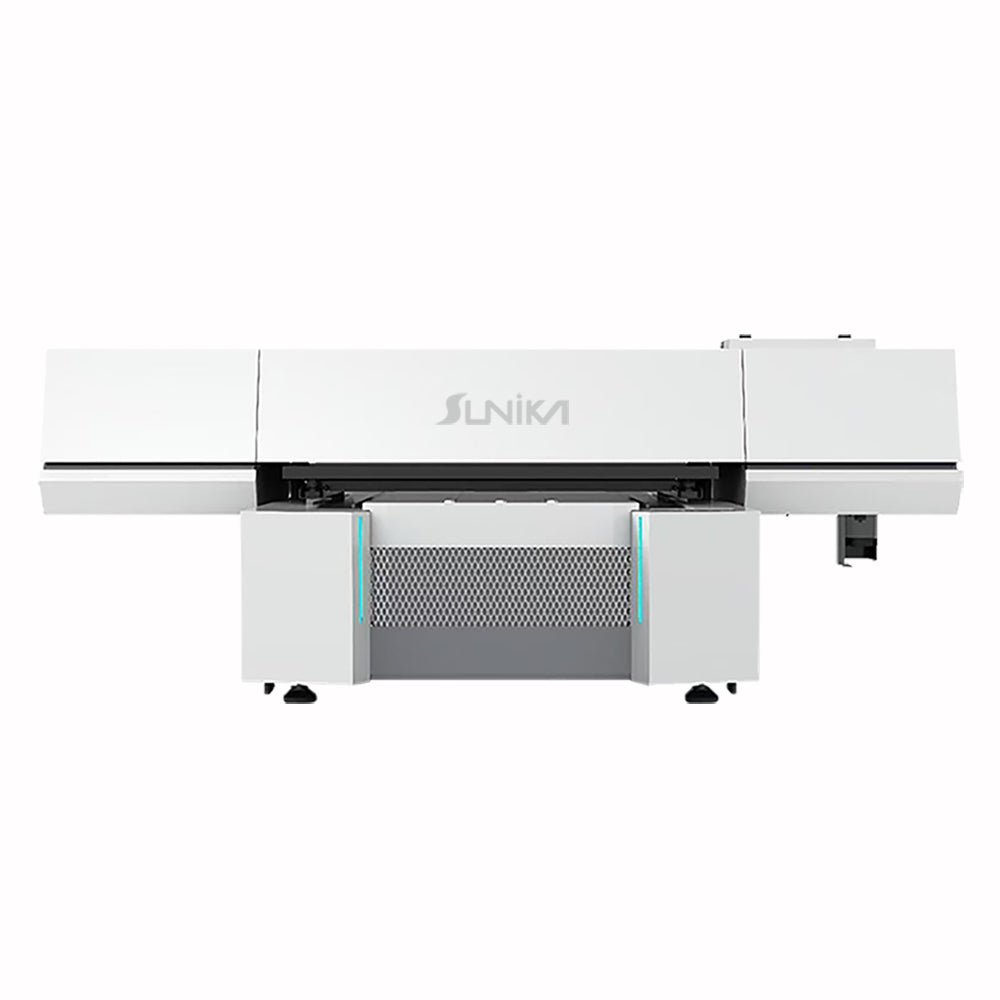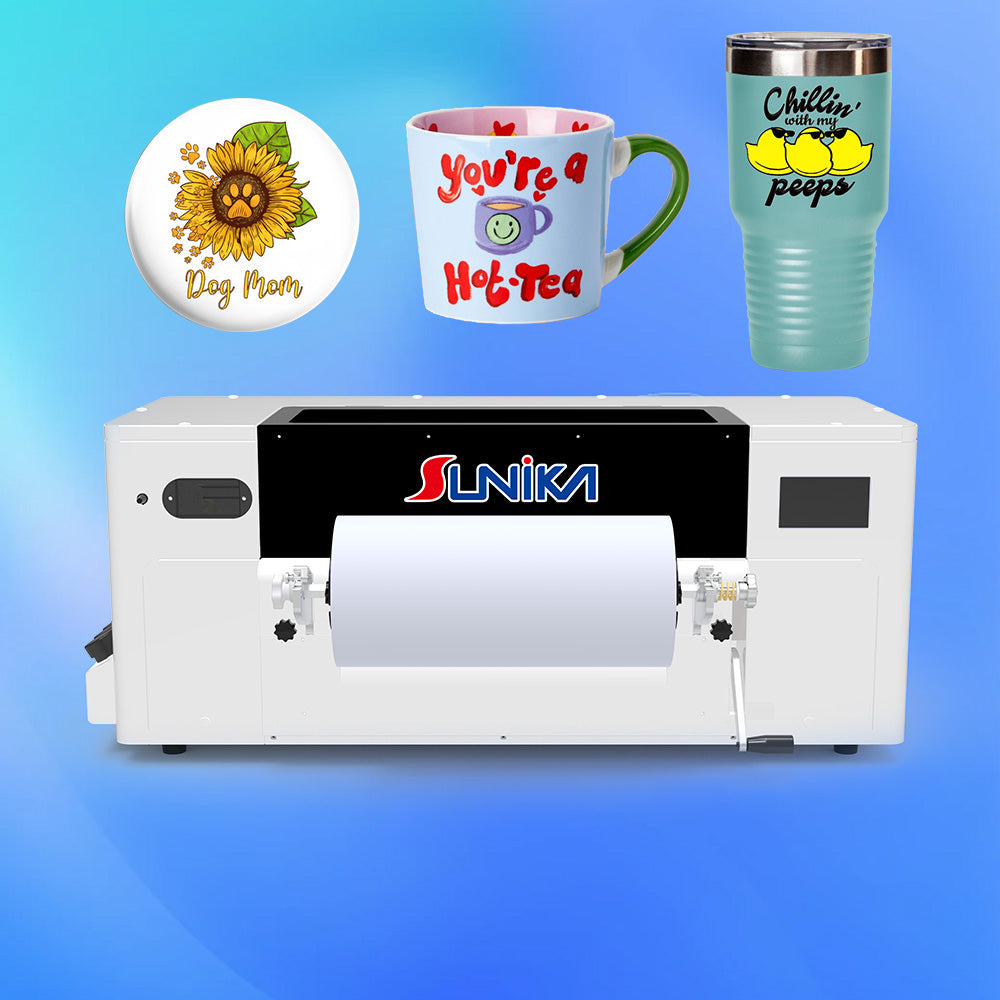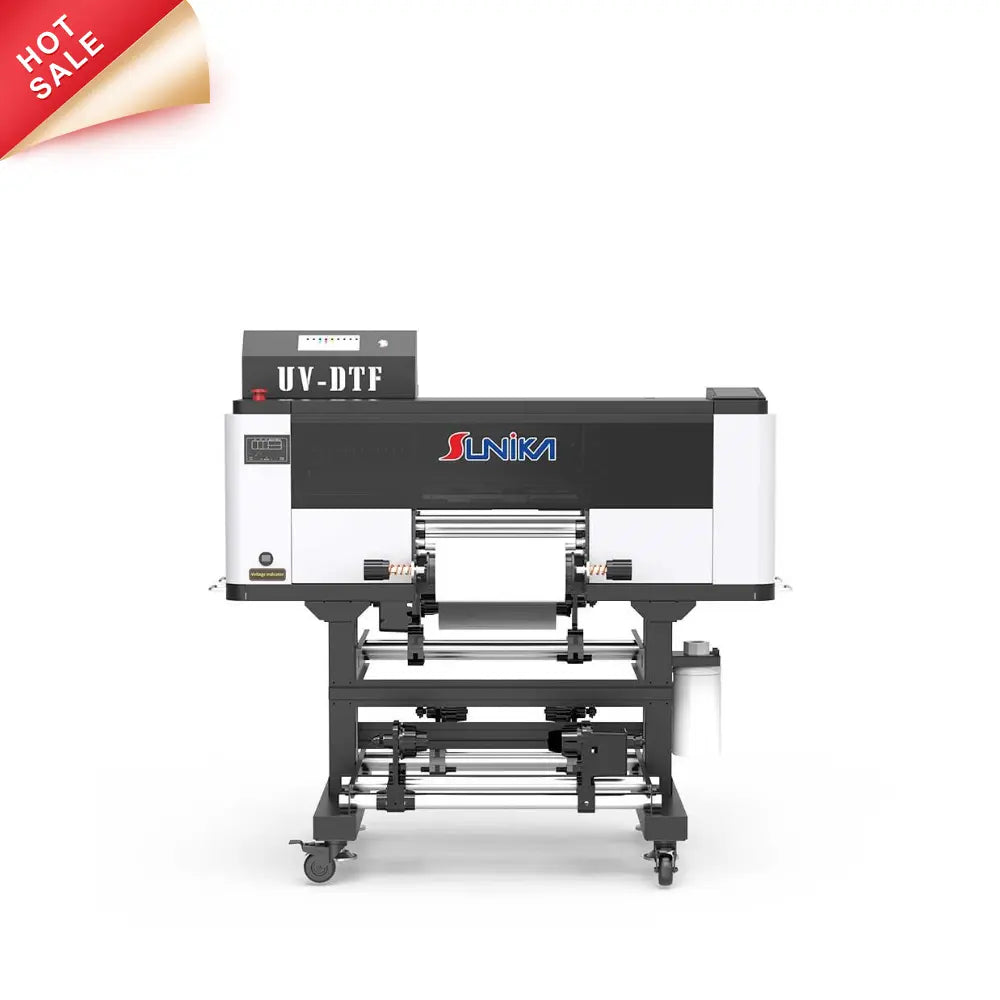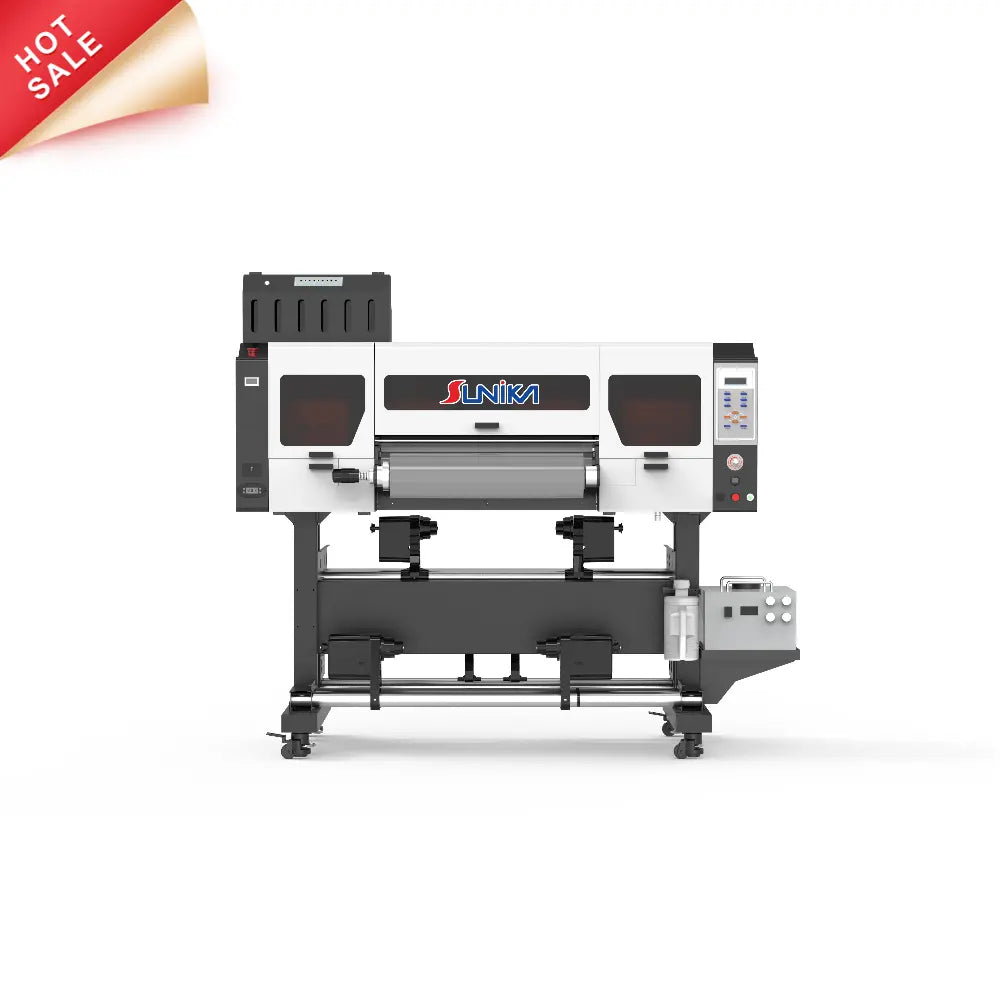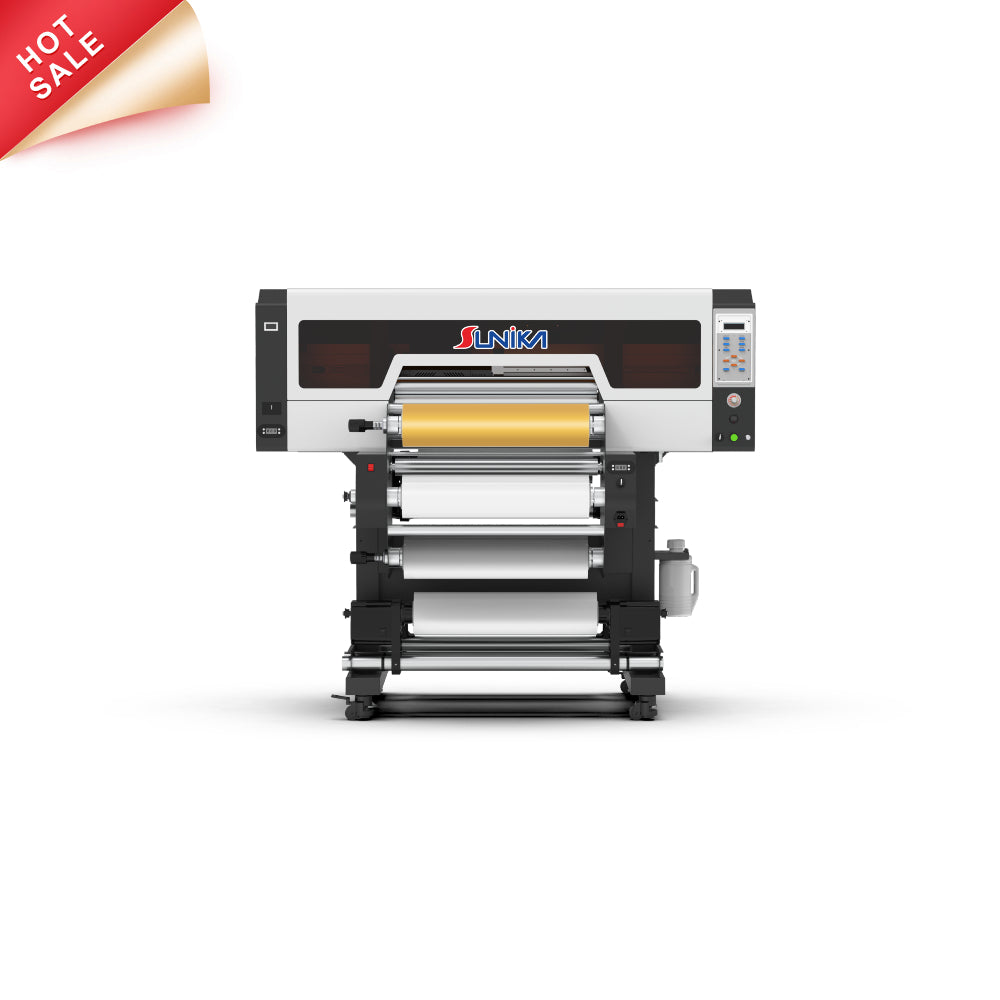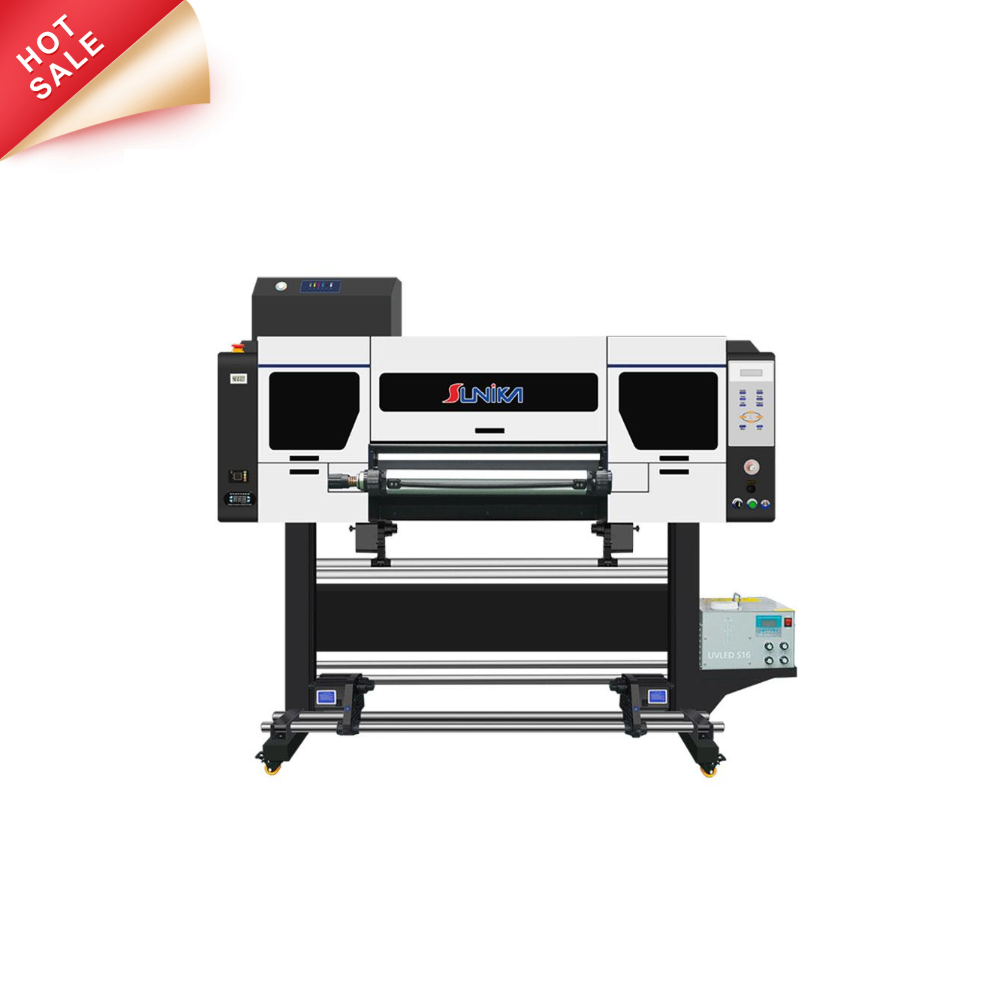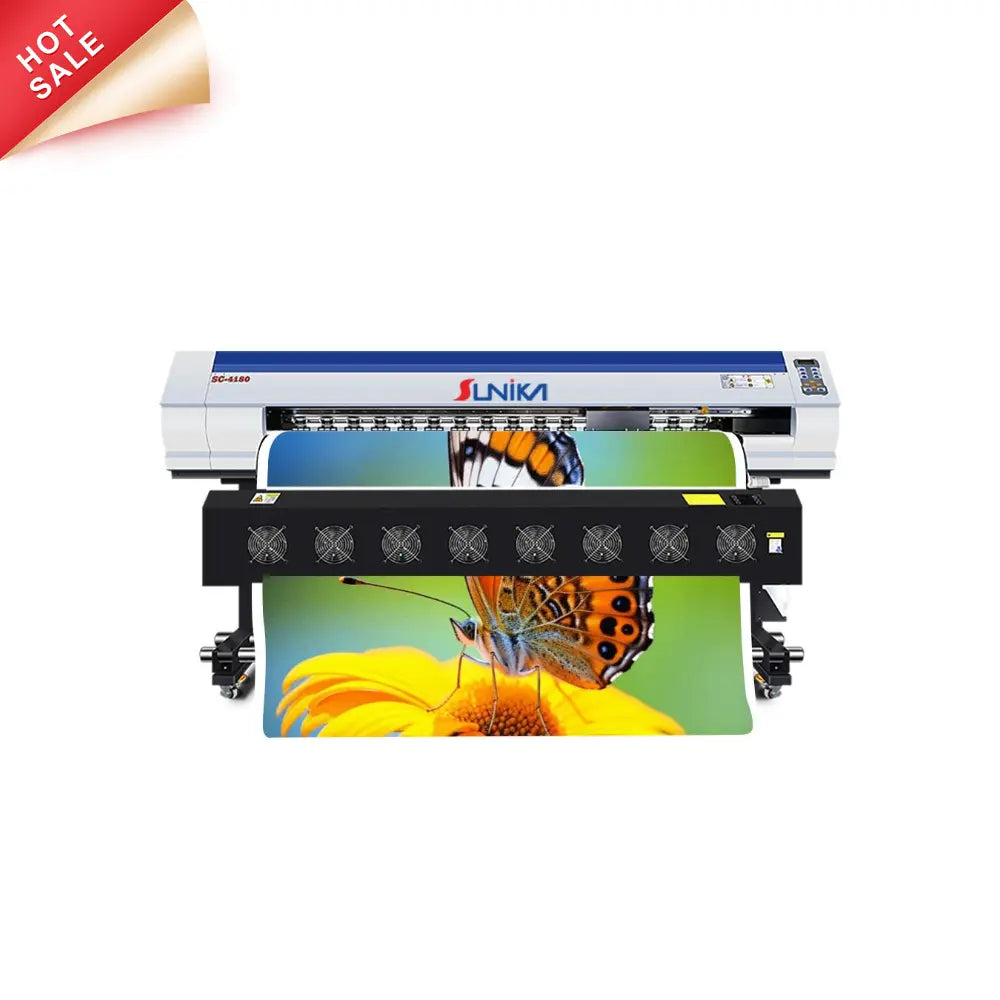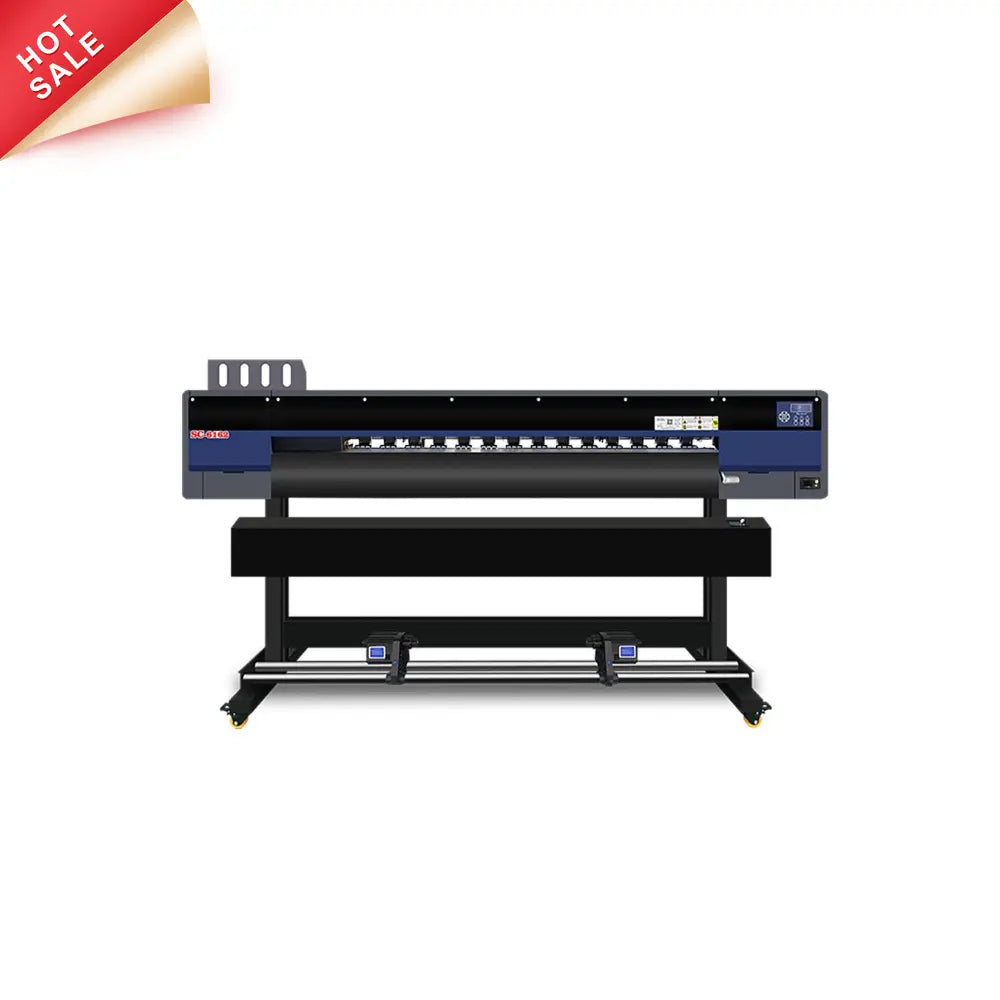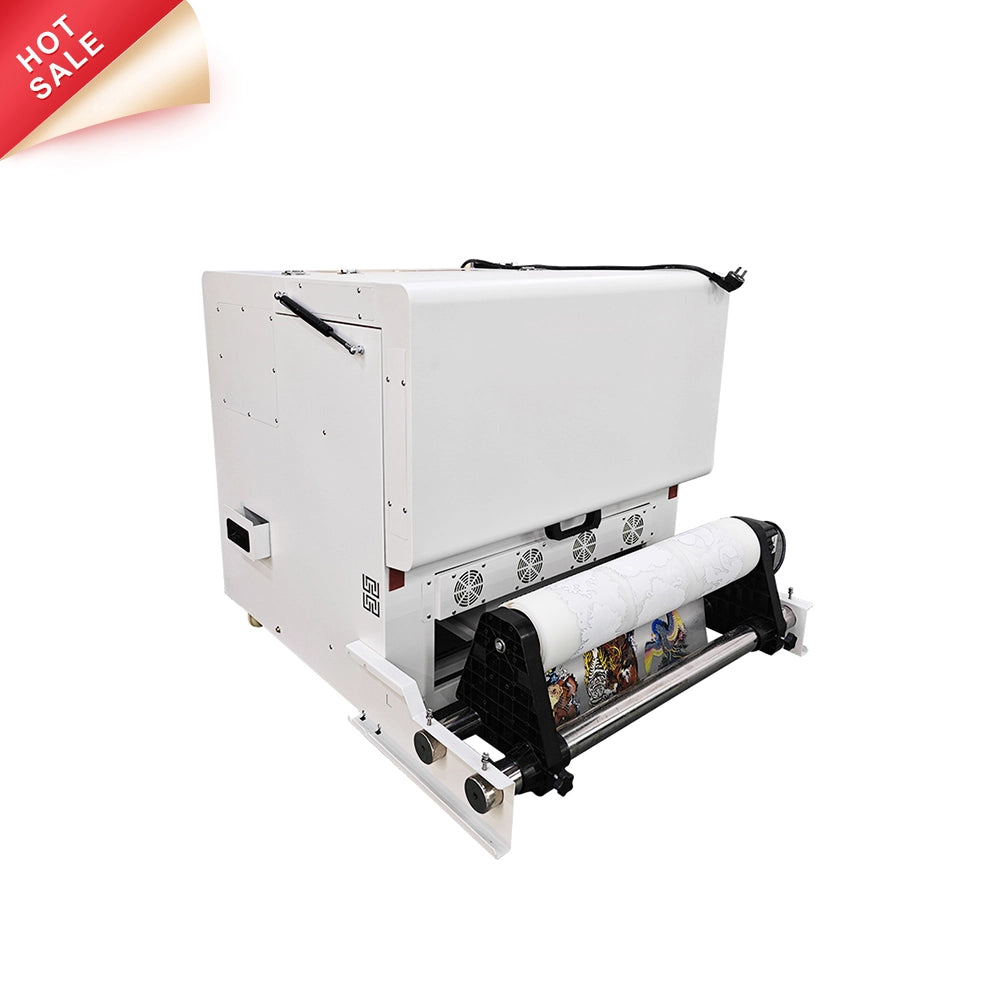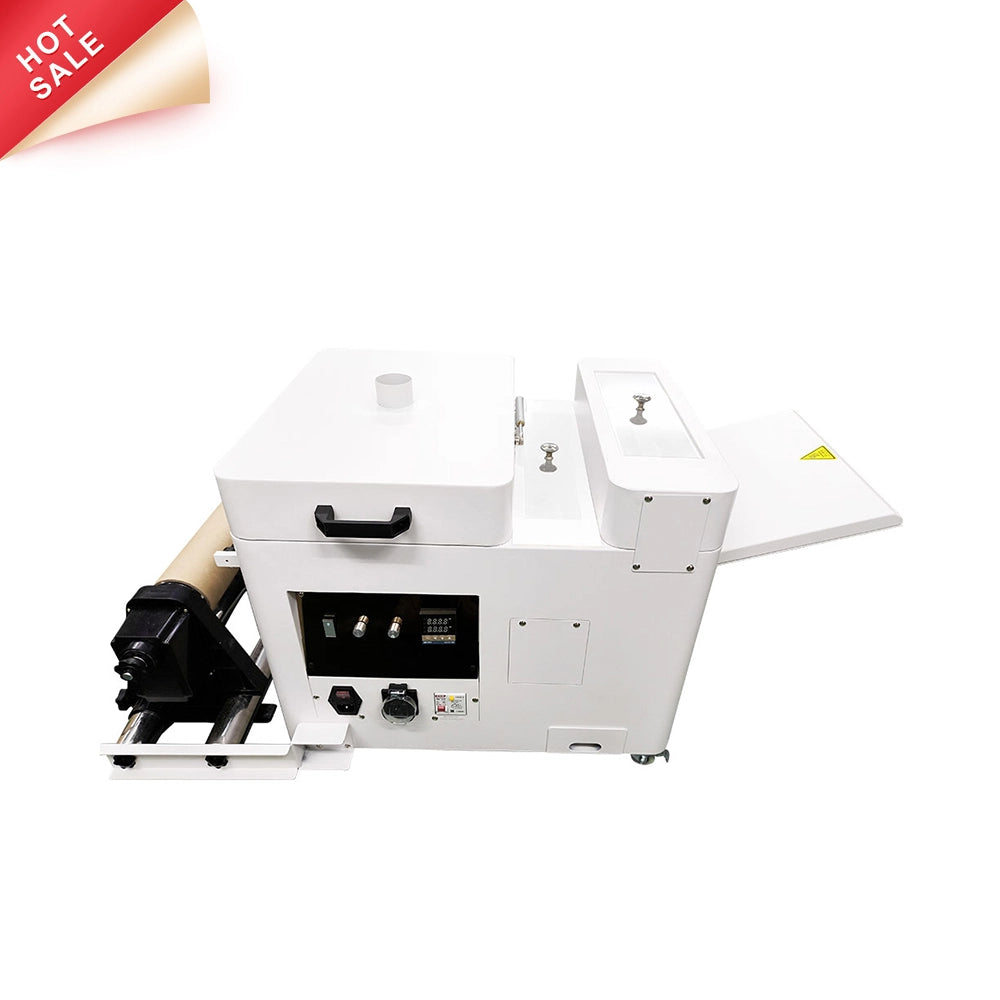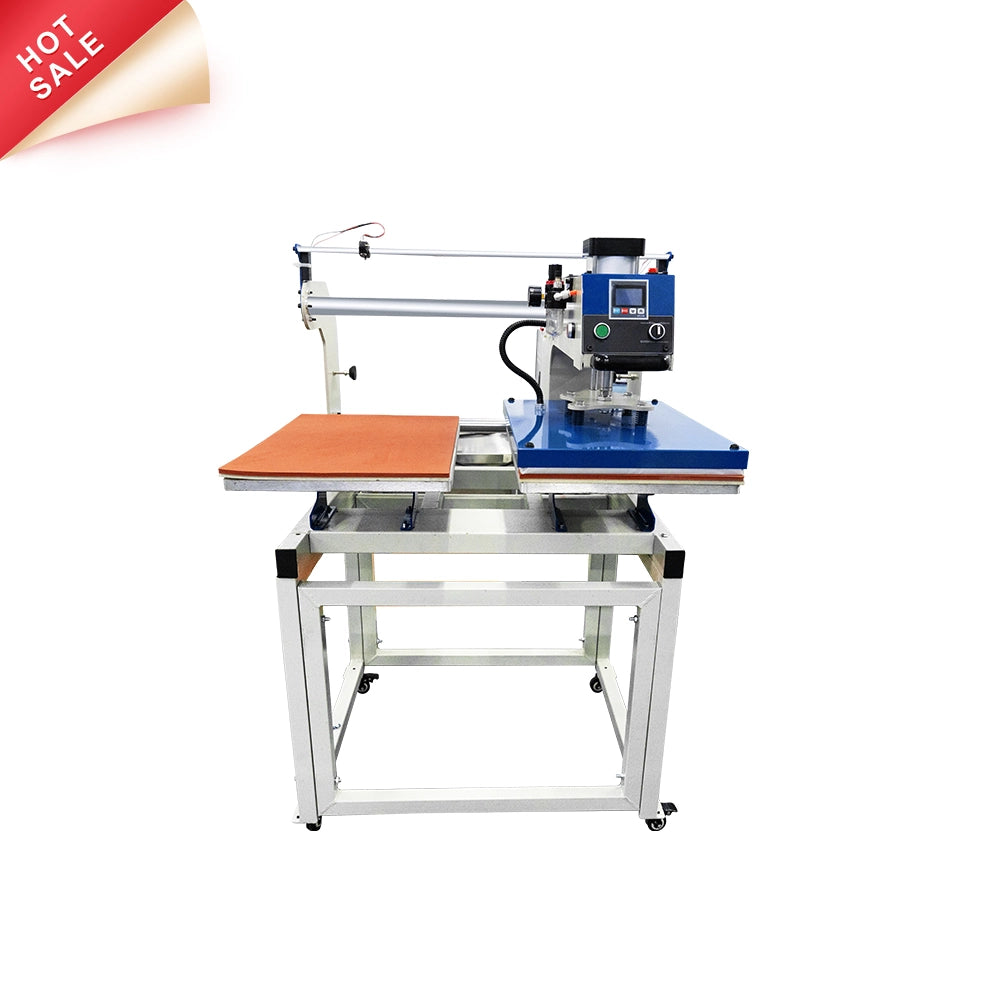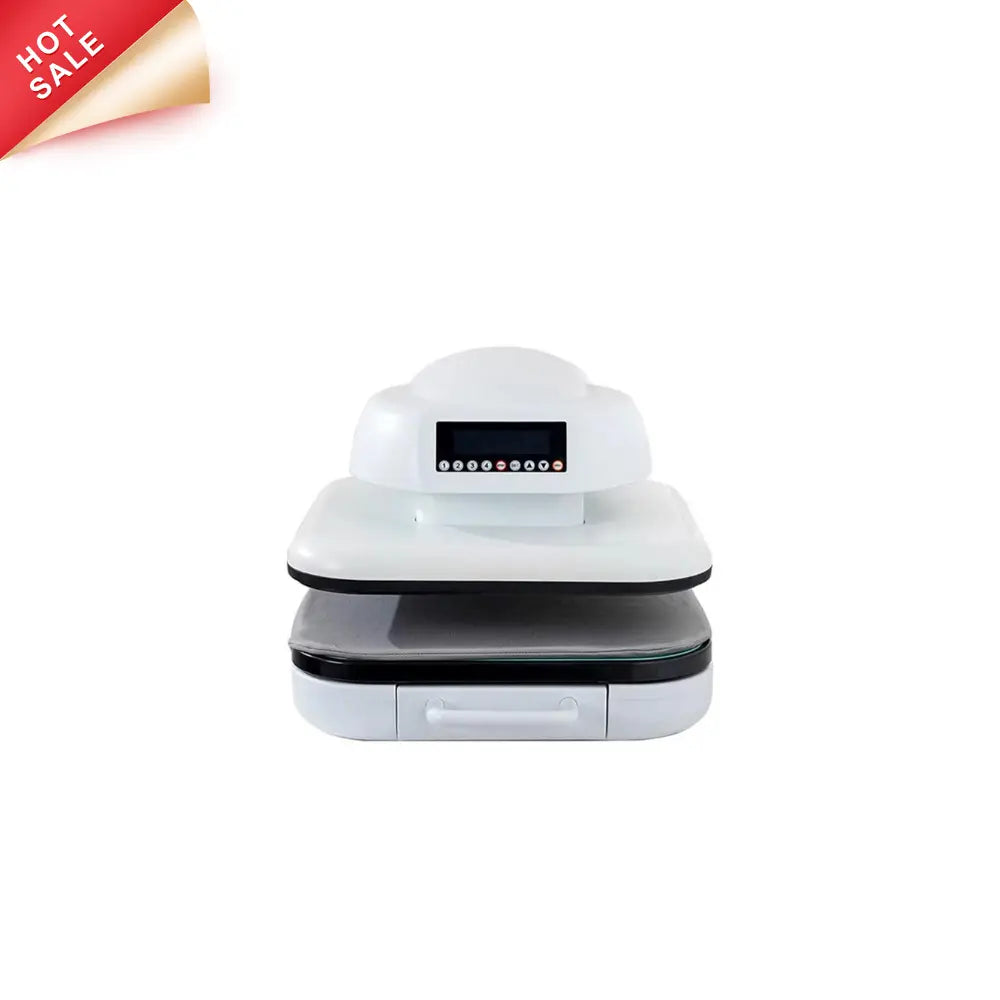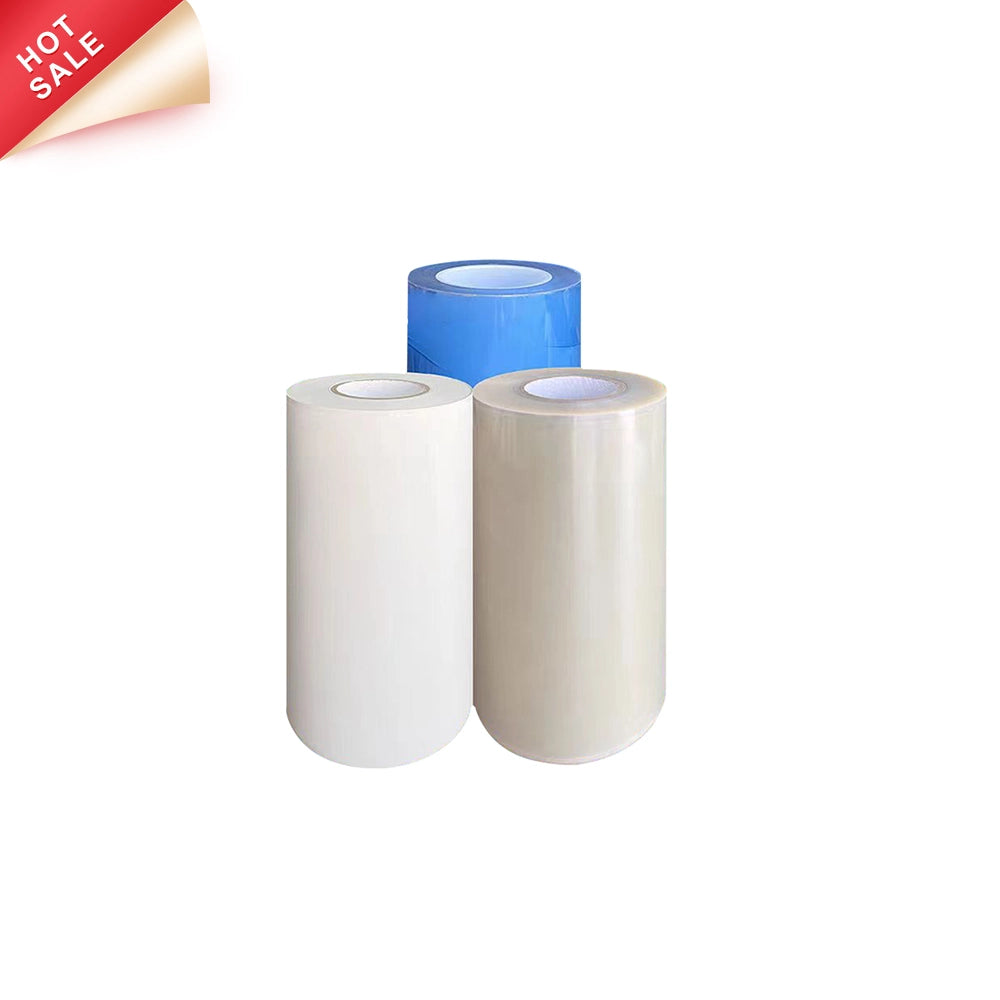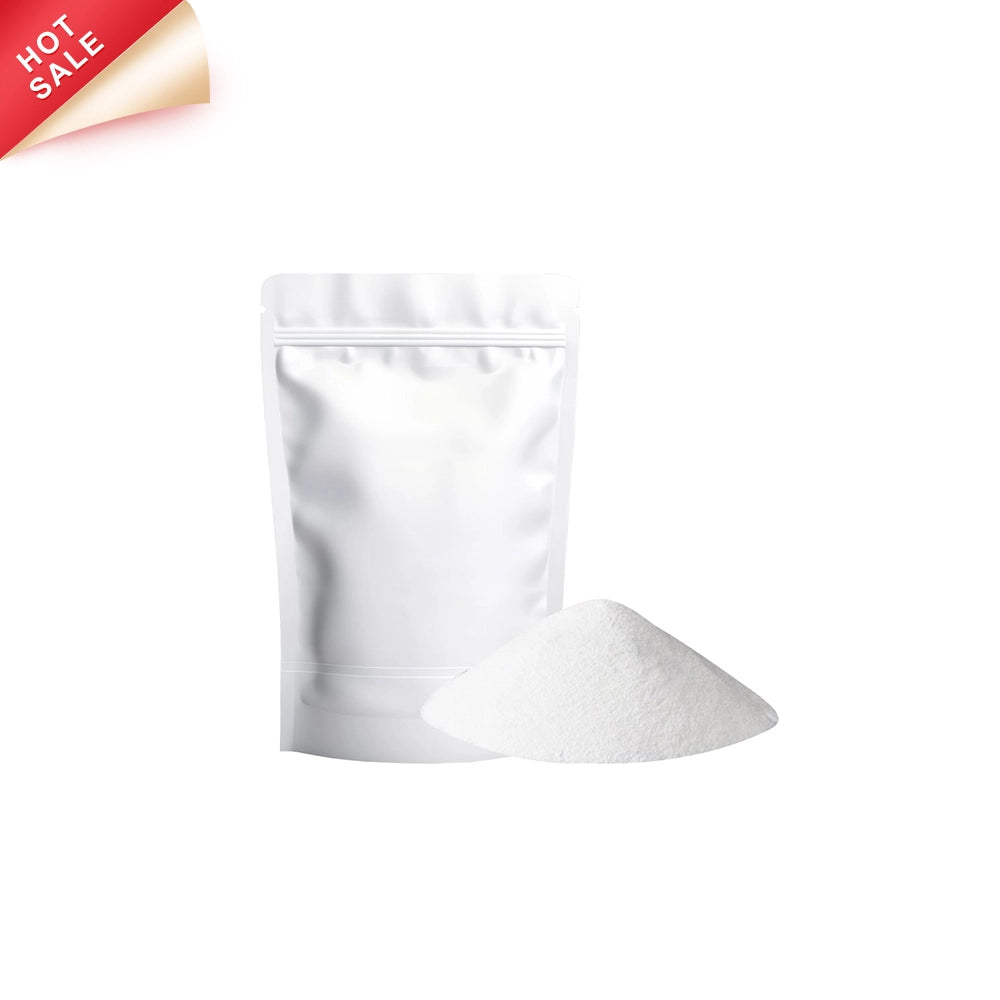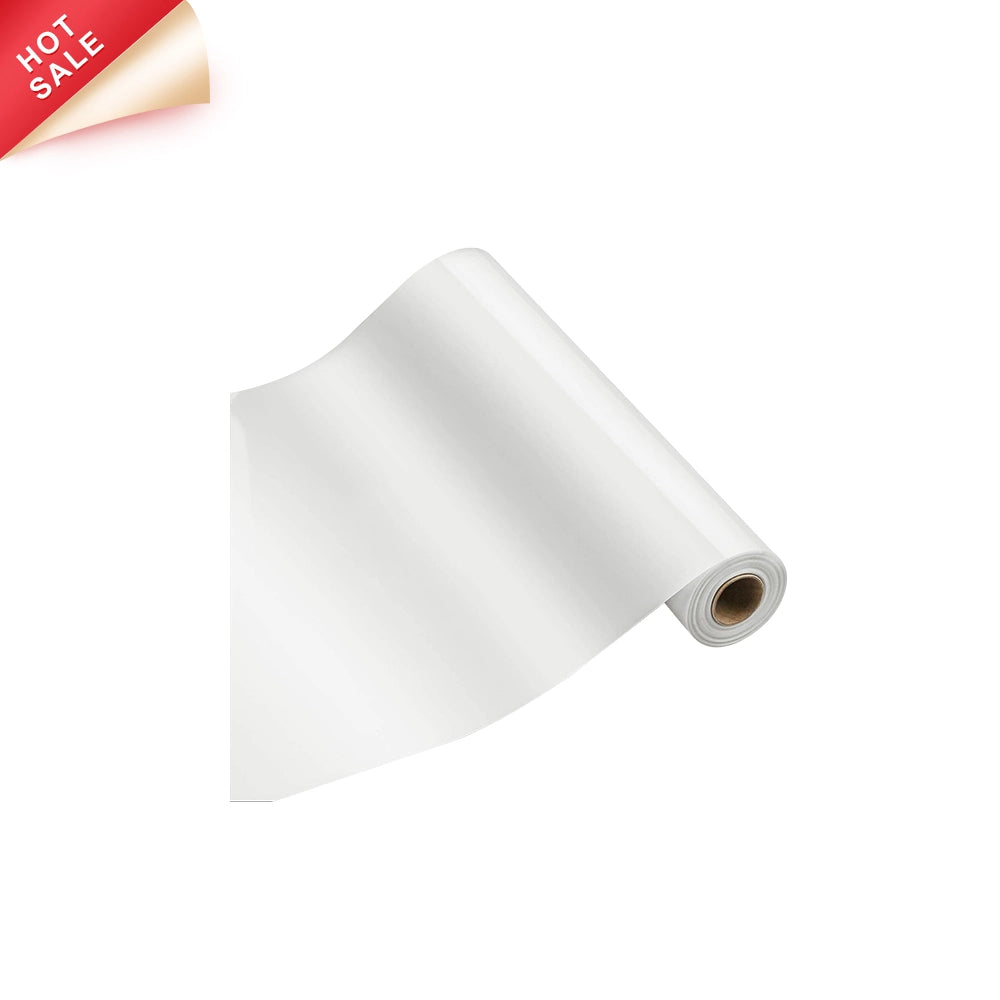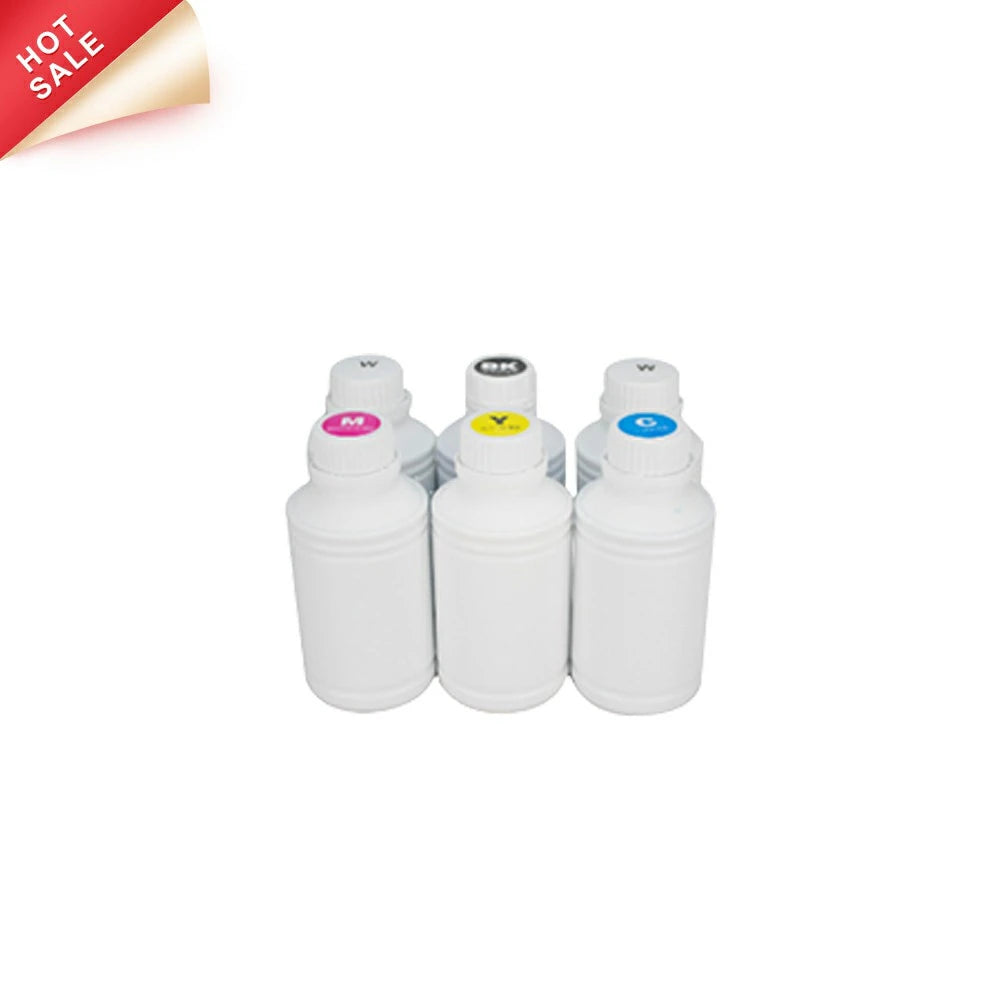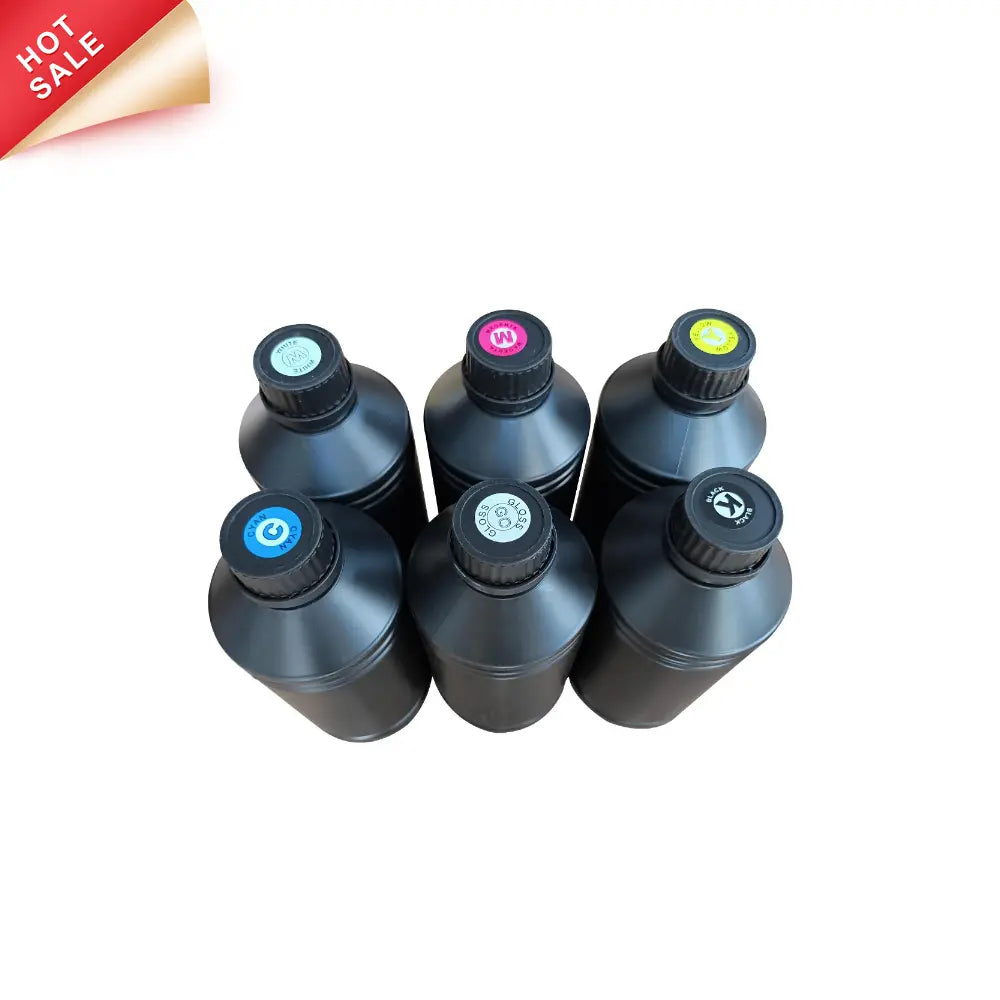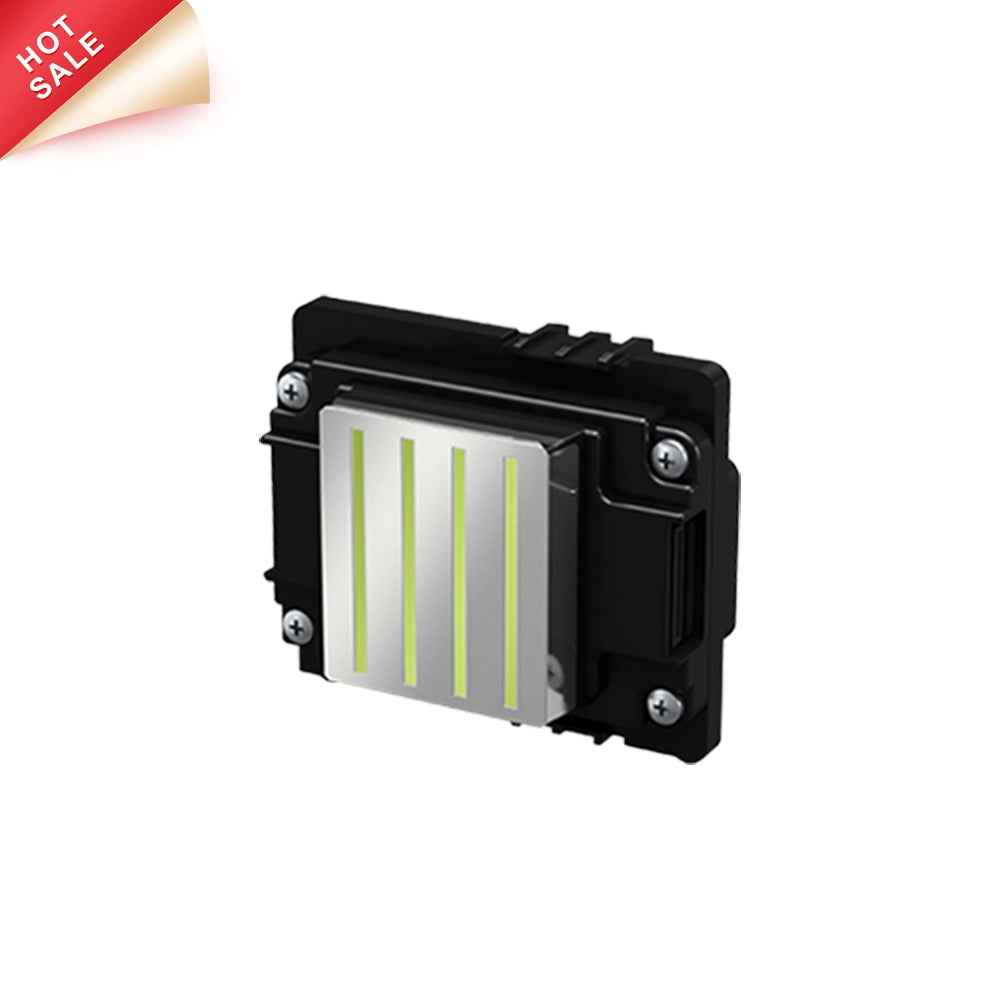Printing technology has opened up incredible possibilities for bringing custom designs to life—whether on apparel, home décor, or promotional items. Two popular methods that often come up in this space are DTF (Direct-to-Film) white ink transfer and heat sublimation printing. While they can both produce vivid, high-quality prints, they cater to different materials and design needs. Understanding how they work and where they shine can help you choose the right option for your next project.
What Is DTF White Ink Transfer Printing?
DTF printing involves creating your design on a special PET film using a printer equipped with white ink. Once printed, the design is coated with a fine adhesive powder, then heat-cured before it’s transferred to the final material using a heat press. What sets DTF apart is its ability to work across a wide variety of surfaces—not just fabric.

Why Choose DTF?
-
Works on Many Materials: From cotton and polyester to fabric blends and even hard surfaces, DTF is incredibly versatile.
-
Vibrant on Dark Fabrics: The white ink base makes colors pop, even on black or colored materials.
-
Durability You Can Count On: These prints hold up well to repeated washes without significant fading or cracking.
What Is Heat Sublimation Printing?
Sublimation printing uses a different approach. Here, special dye inks are printed onto transfer paper. When heated, the dye turns into gas and chemically bonds with polyester or polymer-coated surfaces. The result is a design that becomes part of the material itself, rather than sitting on top.
Why Choose Sublimation?
-
Perfect for Polyester: Best used on 100% polyester fabrics or coated items like mugs and metal plates.
-
Light Colors Only: Since the dyes are transparent, sublimation works only on white or very light-colored backgrounds.
-
Soft and Seamless: Because the ink fuses with the material, the finish is smooth and feels like part of the fabric—not an added layer.
DTF vs Sublimation: How Do They Stack Up?
| Feature | DTF White Ink Printing | Heat Sublimation Printing |
|---|---|---|
| Material Compatibility | Works on cotton, polyester, blends, more | Best on polyester or polymer-coated surfaces |
| Color Flexibility | Works on light and dark fabrics | Only effective on white/light-colored materials |
| Durability | Highly durable and wash-resistant | Good durability, but may fade with time |
| Cost Efficiency | Higher upfront due to film and powder | More economical for large polyester batches |
Which One Should You Use?
Go with DTF if you:
-
Want to print on a wide range of materials, especially cotton or dark fabrics
-
Need bright, opaque designs
-
Run a business offering a variety of customized items

Choose Sublimation if you:
-
Primarily work with polyester garments or coated products
-
Are printing on light-colored materials
-
Value a soft, integrated feel in your designs
For businesses that offer diverse custom products—think T-shirts, mugs, tote bags, and more—using both DTF and sublimation can give you the flexibility to meet more customer needs without compromising on quality.
Final Thoughts
DTF and sublimation printing each bring unique strengths to the table. DTF is your go-to for versatility and strong color on dark or varied fabrics, while sublimation excels in producing lightweight, professional-grade prints on polyester and coated surfaces. By understanding what each method offers, you can make informed decisions that suit your creative goals and deliver high-quality results every time.
Whether you’re customizing apparel, merchandise, or gifts, choosing the right printing technique can make all the difference.

